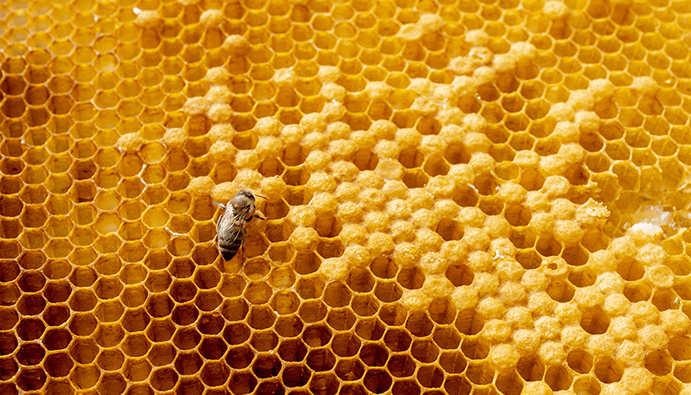Determination of Enzyme Activities in Honey
Honey, which consists of water and various carbohydrate (sugar) units, also contains enzymes, amino acids, vitamins, minerals, organic and aromatic components. These compositions, in which honey contains unique properties such as color, aroma and taste, differ according to geographical conditions such as the type of honey bee, the flora where the nectar is collected, climate and altitude. Apart from these conditions, it is also affected by the processing, packaging and storage conditions that honey is exposed to.Although honey enzymes are not abundant in terms of quantity and diversity, they perform base-specific tasks in biodiversity. Invertase, glucose oxidase, diastase, catalase and acid phosphatase enzymes are known as the major enzymes of honey.
Especially invertase and glucose oxidase enzymes are enzymes that have the highest activity during the maturation phase of honey. Enzymes in honey also provide information about the freshness of honey. Invertase is responsible for hydrolyzing sucrose into simpler carbohydrate units. Glucose oxidase is responsible for the oxidation of glucose in immature honey to gluconic acid and hydrogen percoxide. In addition, another important feature of glucose oxidase is that it increases the antimicrobial activity of honey with the intermediate products it creates during enzymatic catalysis.
Due to the important roles of enzymes in honey, some test procedures such as "Determination of Honey Enzyme Activities" are carried out in accredited laboratories.


